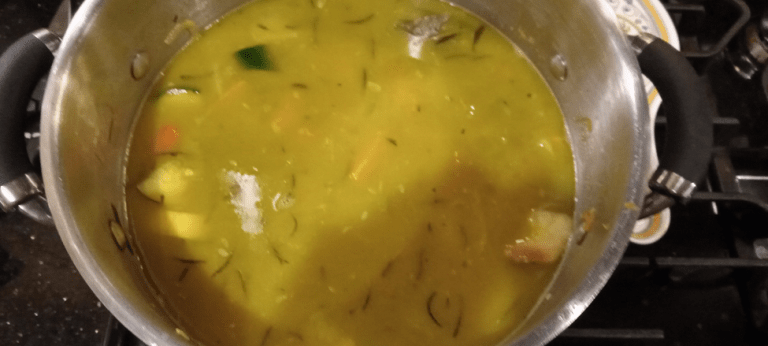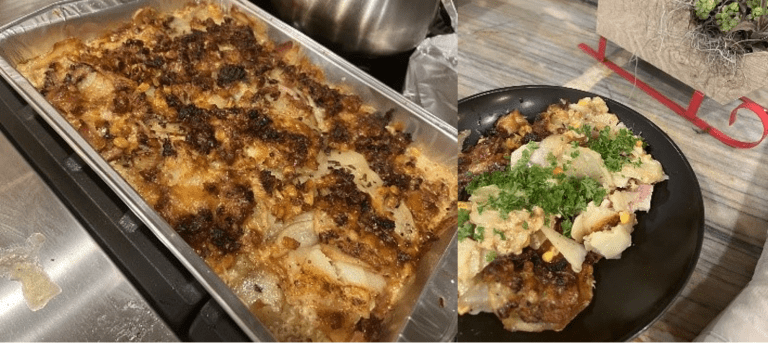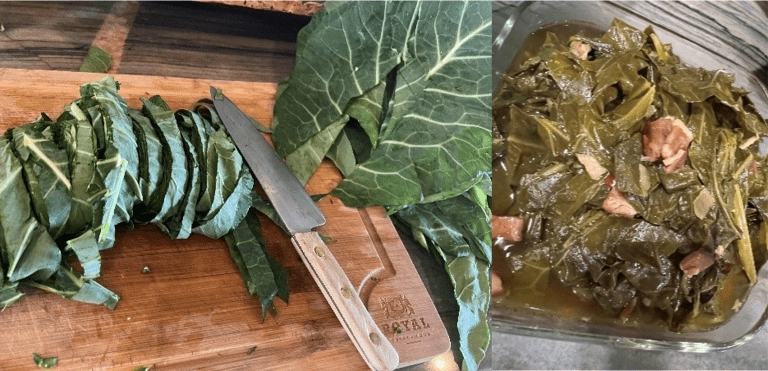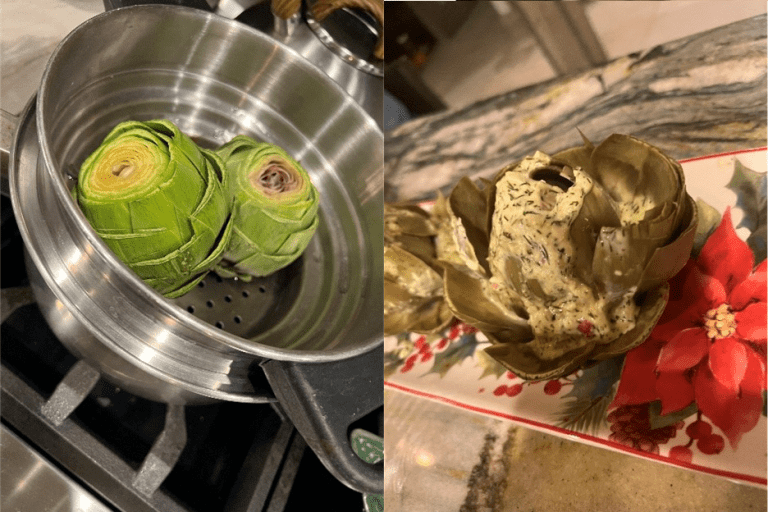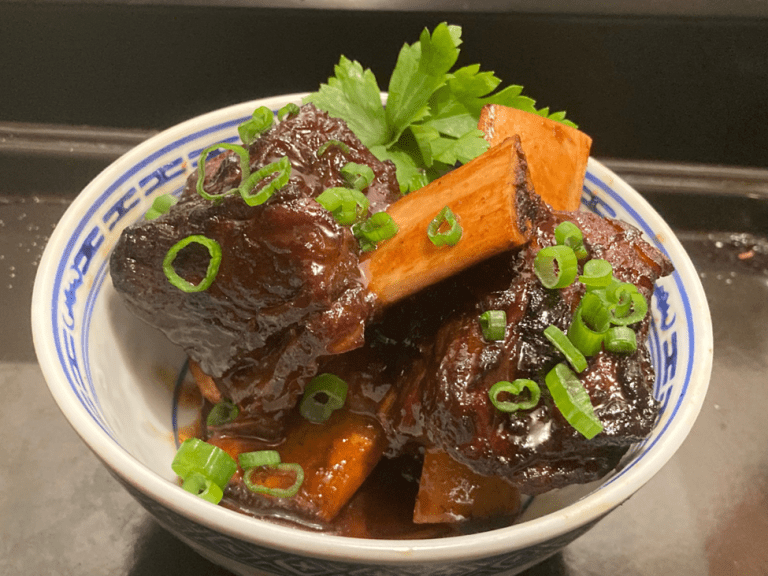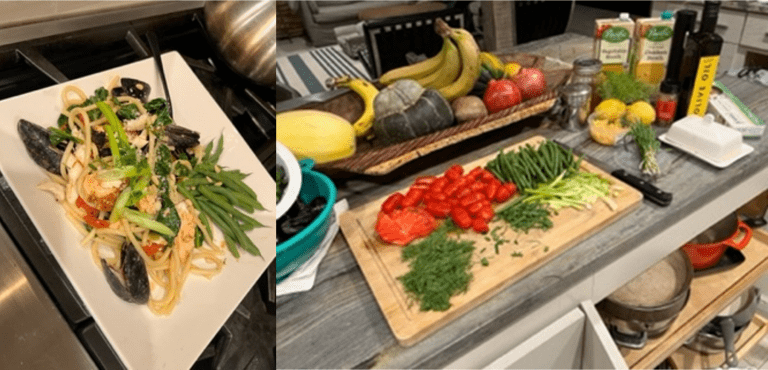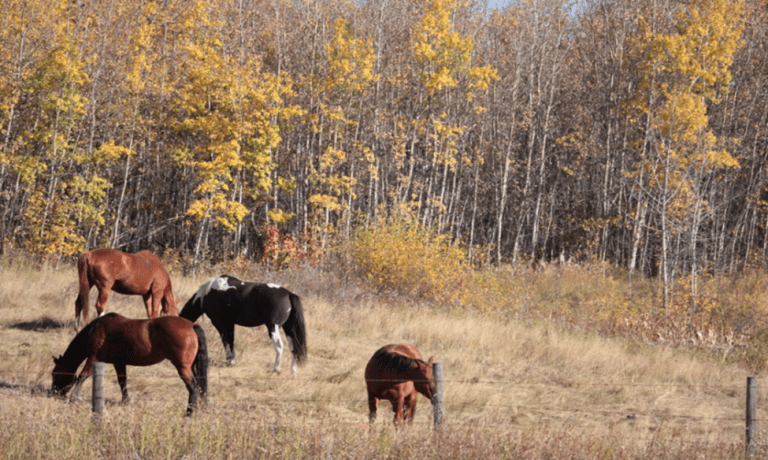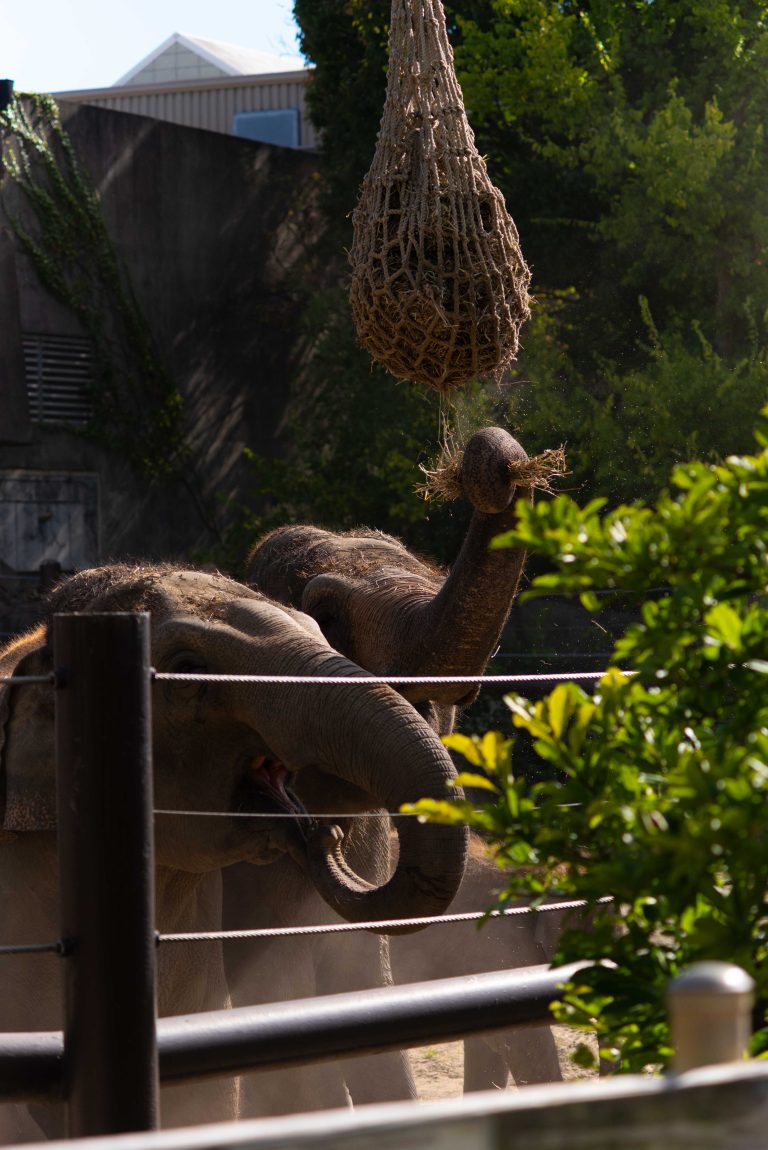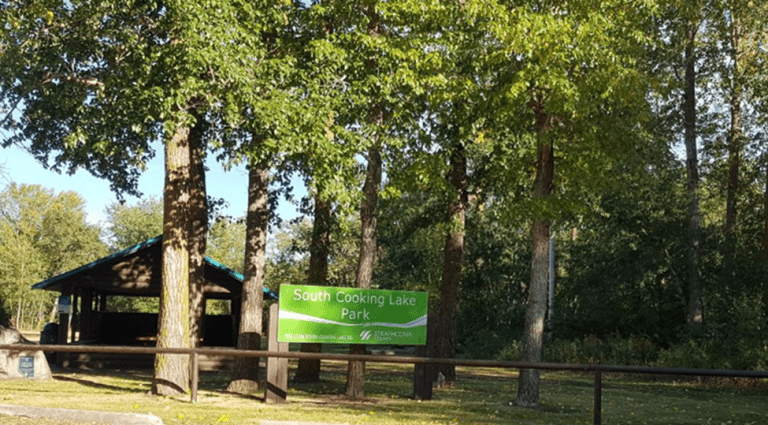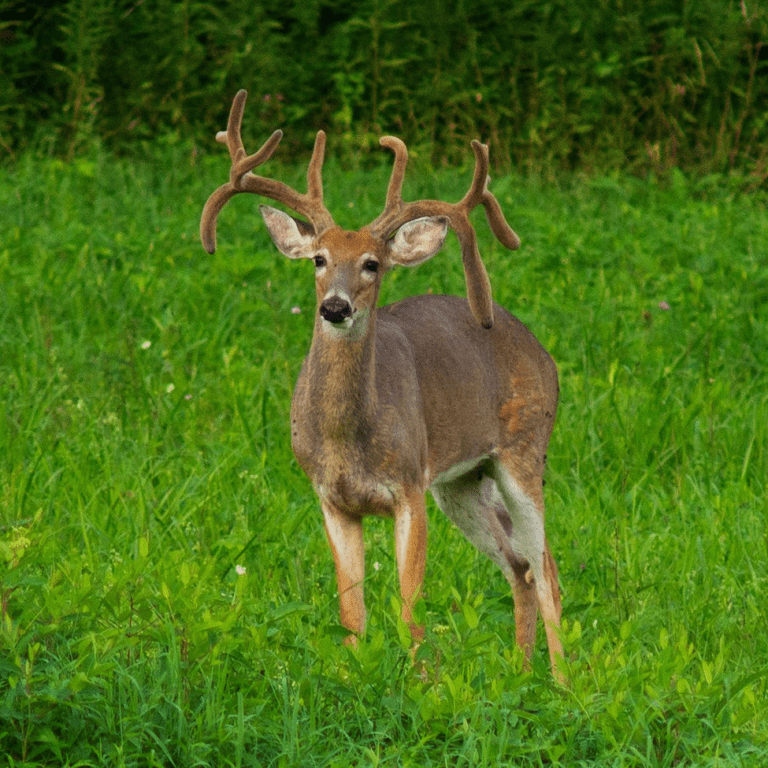
- Small marsh-like lake South East of Edmonton serves as a quick physical and mental reset for city dwellers.
- Critical migratory and nesting bird habitat
- Beaver Hills/Cooking Lake Moraine is a biologically critical ecosystem observed by UNESCO
- Important air-transit hub for sea planes bound for the Northern and sub-arctic communities.
One thing that literally kept me functioning during height of covid tyranny and insanity was an escape to a small village Southeast of Edmonton, Alberta called Cooking Lake.

There is really not much there, just a swampy lake no more than 3 feet deep now, but there is a crude shoreline trail, and a nice picnic area. (It used to be a campground in the 1960-70s)
But the main thing is, it is an exit to the city with all the rules and mandates, not to mention the non-stop bombardment from traffic, air pollution, and cellphones towers, or the EM grid as I like to call it, (known to have a negative effect on cell health and causing low level inflammation).
As a shallow lake, basically fed by surface water, levels have shown decline since the 1970s.
As a child my father would take our family canoeing in the lake on many occasions, but that’s not been possible for about 15 years due to decreased water levels.
I personally believe this has more to do with ‘off grid residential use’ by the villagers in private basement cisterns rather than any climate issues.
But it remains a haven for shorebirds, waterfowl, butterflies, pelicans, and in particular for migrating geese and swans.

The area has an extensive and very interesting history. First and foremost, we must remember that the land around cooking lake was an important meeting and hunting area for the Nehiyawewin (Cree), who called the region amiskwaciy or ‘beaver hills’.
Indigenous activity in the area has actually been traced back 8000 years.
Cooking lake and the entire Edmonton region were ‘shared’ with the immigrant white population as part of treaty 6, which is worth looking up if you have not heard of any of this.
In the early days of Edmonton (call it 1900 to 1930) cooking lake became a popular ‘day trip’ destination for city dwellers.
In 1909 when the Grand Trunk Pacific Line to Edmonton passed along its north shore, day trippers would come out from Edmonton on the morning train east, disembarking at the small station of Cooking Lake.
From there, many local operator-entrepreneurs would run little canoeing and wind sailing adventures, usually to ‘White Sand Beach” on the south shore of the lake.

The cooking lake airport (all private planes and hangers) still thrives and has quite a history.
Earlier in the 20th century planes out of Edmonton were a critical supply line to the North. These were bush pilots in the truest sense of the word.
Some northern communities did not have an actual runway but required water landings.
Cooking lake was an important hub for both incoming and outgoing pontoon planes, as it is the closest ‘water accessible’ airport near Edmonton.

One early aviator who frequently flew out of Cooking Lake up to the Yukon was Wop May.
That name may not ring a bell, but it was he who engaged the famous ‘Red Baron’ Manfred von Richthofen, German flying ace in World War 1.
May was spotted and hunted by the baron but evaded him with breathtaking maneuvers through dangerous valleys.
The Red Baron was so focused on shooting Wop May, he did not pay attention to another pilot and ground fire, which took him out.
This, at least, is the rendering of the story as told by May at the Alberta Aviation Museum in Edmonton.

The old original ‘improved road’ highway actually went around the outside of the lake. Remnants of this original road are still used today, by me and my dog Sophie, as the shoreline nature trail.

You are guaranteed to encounter a range of waterfowl and shorebirds at Cooking lake from early spring to late fall.
It is an important stop over on a major migratory route between the Gulf of Mexico and the Northern Regions, so it is not uncommon to see Swans and Cranes at certain times.

It’s not unusual to see Pelicans there, though they do hop from lake to lake.
Actually, if you are a fisherman, Pelicans are a sign that there are no fish of significant size in the lake because they feast on the smaller ‘minnow’ sized species that can thrive in shallow, low oxygen lakes.
Another thing I’ve noticed at Cooking lake as a herbalist is a tremendous supply or Red Clover, (Trifolium pratense) which is known generally speaking as a ‘blood tonic’.
These photos were taken in September so there are very few red clover left, and I generally would not take any unless they were plentiful, robust, and red.

Another herb/weed I like to responsibly forage at Cooking lake is Plantain ( Plantago major ).
This scruffy weed grows in the poorest of soils, and is usually found either in cracks in pavement, or at the transitions between gravel and grass areas.
If you chew it and place it on a wasp sting, it becomes an immediate remedy. I also like to use it as part of ‘wound healing’ mixes either as dry herb or salves.

The main thing about Cooking Lake, though, is it allows a mental reset, a grounding.
This is actually important from both a spiritual/mental perspective, and a biological perspective.
‘Grounding’ in nature actual helps restore the electro-magnetic properties of cells and other body systems.

From a systems health perspective one can also view the process of slowing down, stepping back and reconnecting with nature as slowing down the ‘transport’ aspect of body systems, through which better ‘conversion’ may then occur.
The rest and restoration of de-stress time reconnecting with nature also improves overall resiliency both mentally and physically, improving overall health, which is our most basic ‘structural’ element.
From an additional systems perspective, let’s look at the Aviation history of Cooking lake.
It was a ‘hub’ for early air and especially pontoon plane travel (transport) but was also a ‘conversion’ center, where goods and passengers were loaded and exchanged.
We can also look at the Cooking lake habitat or literal ‘ecosystem’, which fundamentally acts as a storage element; a container for the water, shoreline and water plants, and the zooplankton which act as food for the migrating and nesting birds.
Cooking lake structurally provides the ‘conversion’ food resource consumed by wildlife and used/converted to energy for life and migration.

The tradition of escaping to cooking lake was a legacy passed down from my father, who often brought us out here for canoeing and nature hikes, even skating in winter.
During the height of covid I’d head out here two or three times a week to escape the lockdowns and psychological harm inflicted upon us all.
This reset was a literal life saver, as I’m not sure how I could have made it through without this escape to peace, balance, and sanity.
For me, Cooking Lake provides that structure which allows a conversion of mental and autonomic system states from stressed and dysregulated back to balanced and optimal flow, a vital reset switch.
Further Reading
Early History of Cooking Lake, detailed research by Linnea Bell (2021) https://www.academia.edu/72802122/Enjoying_the_lake_breezes_Excursions_Tourism_and_Dwelling_in_Resort_Landscapes_at_Cooking_Lake_1894_1938
























